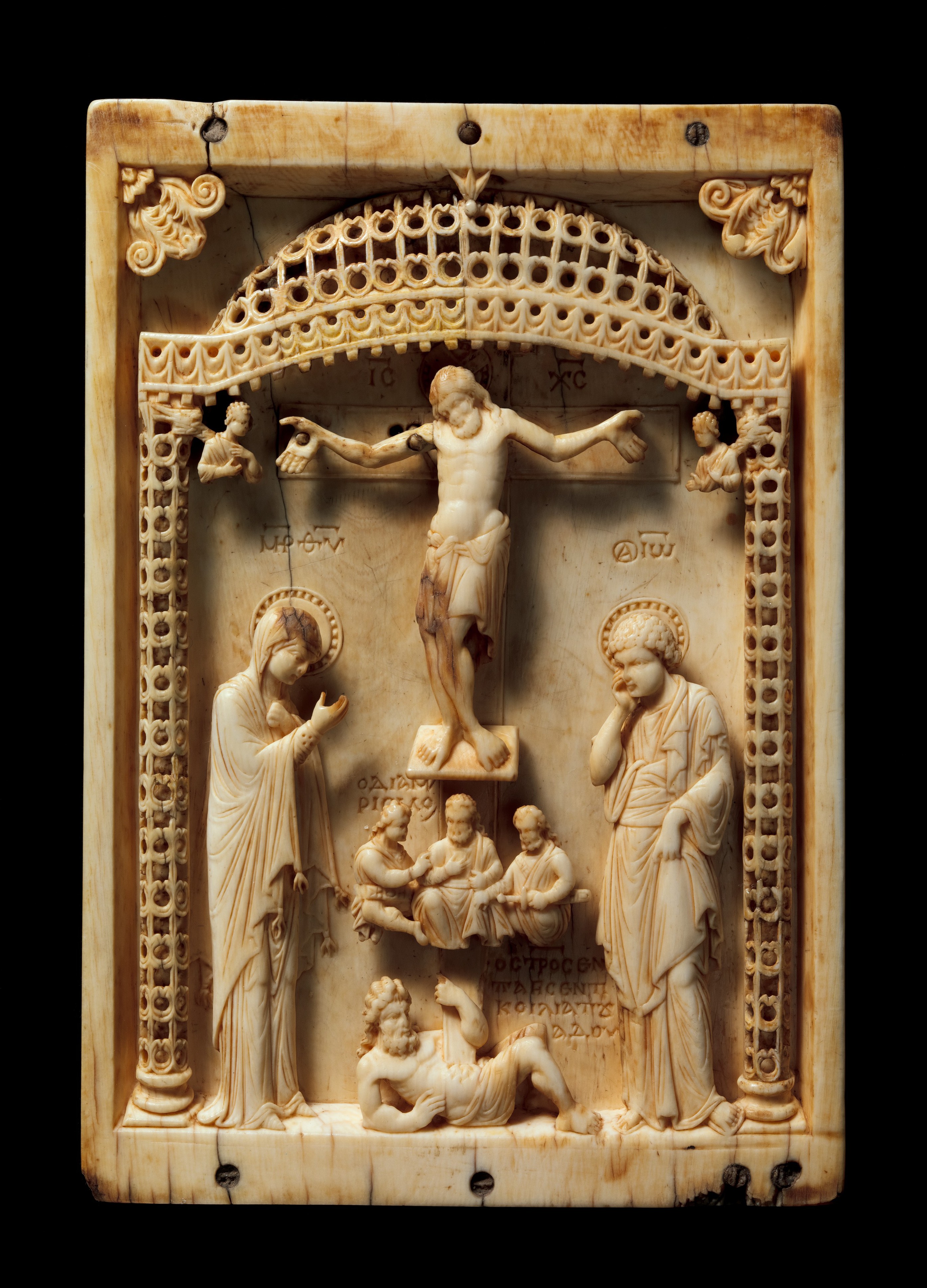
Described by the historian Eusebius, "he saw with his own eyes in the heavens a trophy of the cross arising from the light of the sun, carrying the message, In Hoc Signo Vinces (In this sign, you shall conquer)." Marking his soldier's shields with the Chi Rho, a symbol of Christ, Constantine was victorious and, subsequently, became emperor. Facing a battle with his rival Maxentius, legend has it that Constantine converted to Christianity because of a vision.

In 303 the Roman Emperor Diocletian instituted the Great Prosecution, during an era when political leaders, including Constantine, were engaged in a war, driven by competing claims to be Diocletian's successor.

The term became popularized among French scholars in the 17 th century with the publication of the Byzantine du Louvre (1648) and Historia Byzantina (1680), but was not widely adopted by art historians until the 19 th century, as the distinctive style of Byzantine architecture and art in mosaics, icon painting, frescos, illuminated manuscripts, small scale sculptures and enamel work, was defined. In 1555 the German historian Hieronymus Wolf first used the term Byzantine Empire in Corpus Historiæ Byzantinæ, his collection of the era's historical documents. Byzantion was originally an ancient Greek colony, and the derivation of the name remains unknown, but under the Romans the name was Latinized to Byzantium. In 330 the Roman Emperor Constantine established the city of Byzantion in modern day Turkey as the new capital of the Roman empire and renamed it Constantinople. The term Byzantine is derived from the Byzantine Empire, which developed from the Roman Empire.

Beginnings of Byzantine Art and Architecture To Start: Defining the Byzantine Period


 0 kommentar(er)
0 kommentar(er)
